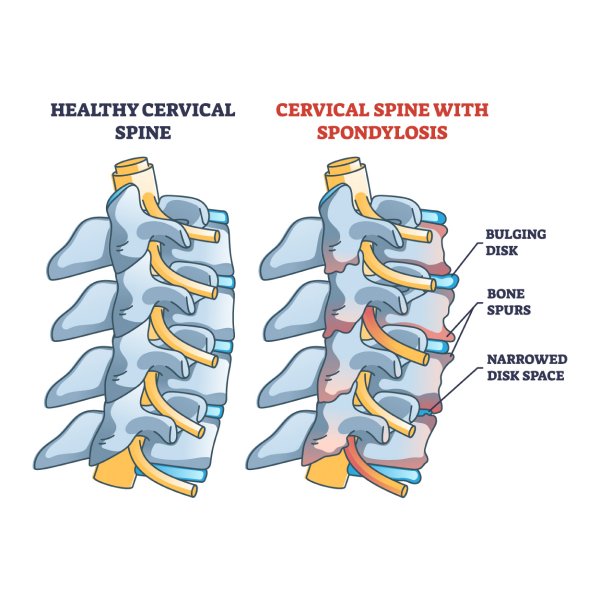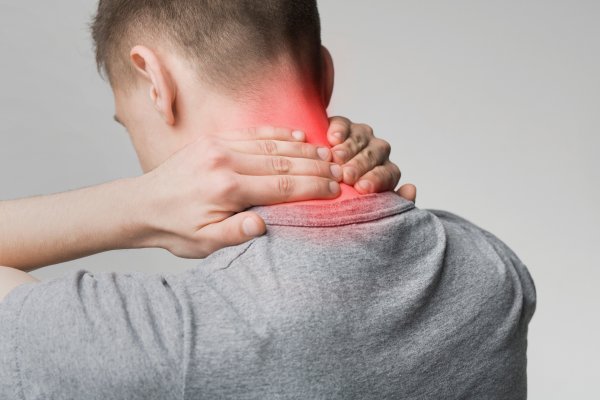Lajpat Nagar Metro Station, Block M, New Delhi, 110024
|096506 82102

Spondylolisthesis : An Overview
- Cervical Myelopathy or constriction of the spinal cord in the neck region.
- Cervical Radiculopathy or a pinched nerve in the neck region.




Spondylolisthesis: Causes, Symptoms, and Warnings
Risk factors and Causes
Symptoms
Most symptoms are mild in the form of neck pain, which subsides with physiotherapy or rest. However, some people develop progressive symptoms or features of Myelopathy (weakness, stiffness or numbness), which warrants surgical intervention. Some of the common symptoms of Spondylolisthesis include:
- Most of the time there may not be any symptoms
- Progressive neck pain – dull ache, soreness or spasms
- Limited range of neck movements, stiffness in the neck
- Weakness, tingling, or numbness in one or both arms or legs
- Bowel or bladder incontinence (control issues that may cause you to use the bathroom more)
- Difficulty walking (unsteady gait – loss of balance)
- Decreased functioning of hands – such as gripping objects or problems in writing or buttoning shirt etc
If you experience any of the above symptoms, or if your pain interferes with your daily activities, kindly consult your specialist at without further delay. Although the condition is commonly associated with ageing, we offer treatments to alleviate the pain and stiffness.

Non-Surgical Approaches For Spondylolisthesis
Spondylolisthesis is treated initially with a trial of conservatively management:
Medications
Medications: for reducing pain and inflammation such as paracetamol, Non-steroidal anti-inflammatory drugs (NSAIDS) such as aspirin, ibuprofen and naproxen
Physiotherapy
Physiotherapy: use of heat or ice packs, ultrasound, electrical stimulation, and massage along with muscle strengthening exercises. These treatments can relax tight muscles and ease pain or discomfort.
Percutaneous injection therapies
- Local anaesthetic may be injected around the compressed nerve (transforaminal nerve sheath injection) – both diagnostic and therapeutic
- Epidural steroid injection
- Facet joint injection – Significant pain relief and psychological benefit
Spondylolisthesis Surgical Options at Spine Clinic
Surgery may be required in severe or unresponsive cases – to relieve pressure on the spinal cord and nerves, and to add stability to the spine. These include:
This is a common procedure used to treat Spondylolisthesis. The surgery begins with the removal of the degenerated disc (or discs) that is causing pressure on the spinal cord or nerve roots. The fusion stabilises the spine in that region and prevents abnormal movement or further degeneration.
This procedure is an alternative to spinal fusion and aims to preserve motion in the affected segment of the spine. The surgery begins with the removal of the degenerated disc , and then insertion of an artificial disc into space.
Posterior cervical laminectomy and decompression
This surgical procedure with or without fusion is used to treat Spondylolisthesis by removing the lamina, the part of the vertebra covering the spinal canal. This creates more space, relieving pressure on the spinal cord and nerve roots.
